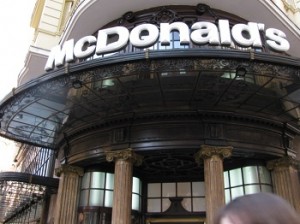According to Forrester Research, sales of these devices have plateaued, but the business market has growth in it.
At the same time as the sales of iPhones have continued to skyrocket, the tablet commerce side at Apple has actually started to drop, as iPad sales have fallen by a sizeable 18 percent, year over year, in the final 2014 financial quarter.
From that point, according to Forrester Research, the sales have leveled off and continue to plateau.
Even the launch of the new iPad Air device didn’t seem to spur any new sales. That said, it isn’t just Apple that has been experiencing a decline in their tablet commerce device sales. Instead, the research firm has shown that there has been an overall leveling off in the entire tablet marketplace, around the globe. There are many different reasons that were noted to help to explain the reason that there has been a decline in the growth of this market, but one of the primary factors is that the consumer side may now be quite saturated.
Android tablet commerce has seen a considerable rate of falling prices, over the last while.
 In fact, some of these mobile devices are now being sold with price tag that is as low as $50. This does make the devices highly affordable for the majority of consumers, but the fact is that many of them already have one of these devices, if they are going to have one, and it isn’t just a matter of the price that would convince them to buy a new one.
In fact, some of these mobile devices are now being sold with price tag that is as low as $50. This does make the devices highly affordable for the majority of consumers, but the fact is that many of them already have one of these devices, if they are going to have one, and it isn’t just a matter of the price that would convince them to buy a new one.
Indeed, this has become a very accessible piece of technology for most consumers. The sales of tablets had skyrocketed in the Android market from 2010 through 2013, as Samsung, Apple, and other large players brought all new innovations into the marketplace. However, the replacement rate of these smaller screen computers is not the same as smartphones. Smartphones are used by virtually everyone, all the time. Their larger cousins, on the other hand, are used on occasion and are not necessarily brought everywhere that the user goes. Furthermore, each new generation of the devices do not necessarily feature “must have” features that would cause consumers to shell out more when their older device is working in pretty much the same way.
Still, tablet commerce appears to have a place in the business market, says Forrester. It could be that more manufacturers will be focusing more attention on that market in the near future, as well.

 Throughout the pilot program, customers can either use the
Throughout the pilot program, customers can either use the 